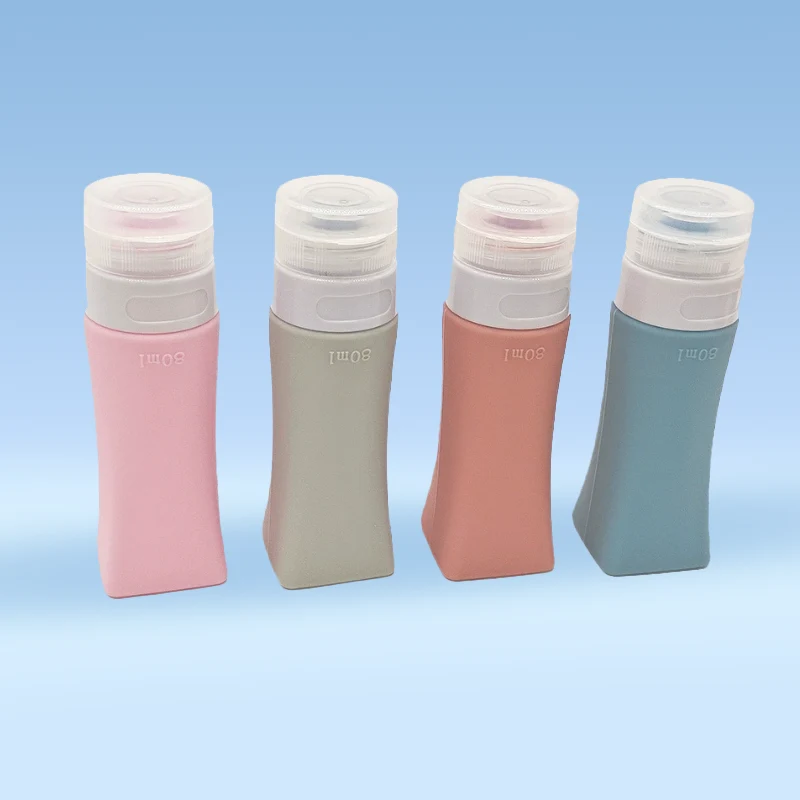Test method for sealing performance of silicone cosmetic bottles
2025-06-27
To test the sealing performance of silicone cosmetic bottles, the following methods can be applied to ensure they are secure, durable, and leak-proof:
1. Visual Inspection
Purpose: To check for visible defects in the sealing area.
Method: Examine the bottle’s cap, body, and seal area for any visible cracks, misalignments, or damage that could compromise the seal.
Acceptance Criteria: No visible cracks or gaps around the seal.
2. Leakage Test (Pressure Test)
Purpose: To simulate real-life conditions and check if the silicone bottle seals properly under pressure.
Method:
Fill the bottle with water or a similar liquid.
Close the cap securely.
Apply pressure using a hydraulic press or by squeezing the bottle.
Observe any leakage around the sealing area.
Acceptance Criteria: No leakage should occur during the pressure application.
3. Vacuum Test
Purpose: To determine if the bottle can maintain a vacuum seal under low-pressure conditions.
Method:
Place the bottle in a vacuum chamber.
Remove air from the chamber to simulate a vacuum.
Check if the cap remains sealed without any leakage.
Acceptance Criteria: The bottle should maintain its vacuum without any air entering.
4. Drop Test
Purpose: To test the seal’s integrity during impacts or drops.
Method:
Fill the bottle with liquid.
Drop the bottle from a set height (typically around 1 meter).
Check for leakage after the impact.
Acceptance Criteria: The bottle should not leak after the drop.
5. Temperature Cycling Test
Purpose: To evaluate how the seal performs under temperature fluctuations.
Method:
Place the sealed bottle in an environment where the temperature changes between hot and cold (e.g., -20°C to 50°C).
After each cycle, inspect the seal for any leakage.
Acceptance Criteria: The seal should not leak after several temperature cycles.

6. Internal Pressure Test (Burst Test)
Purpose: To simulate internal pressure buildup and test the seal’s strength.
Method:
Seal the bottle and increase internal pressure gradually using a pressure chamber.
Monitor the bottle to detect any deformation or leakage.
Acceptance Criteria: The bottle should maintain its seal without bursting or leaking up to a certain pressure threshold (usually specified by the manufacturer).
7. Cap Tightening Torque Test
Purpose: To ensure that the cap is tightened with the proper torque to ensure a good seal.
Method:
Use a torque tool to measure the amount of force needed to close the bottle cap.
Compare the measured torque with the recommended value.
Acceptance Criteria: The bottle should seal effectively at the specified torque without over-tightening, which could damage the seal.
8. Long-Term Storage Test
Purpose: To determine if the seal remains effective over time under storage conditions.
Method: Store the bottle in varying environmental conditions (e.g., high humidity, sunlight, or heat) for an extended period (e.g., several months).
Acceptance Criteria: The bottle should show no signs of leakage or seal failure after long-term storage.
These tests should be carried out in accordance with industry standards, and they help determine if the silicone cosmetic bottle is reliable for consumer use.


